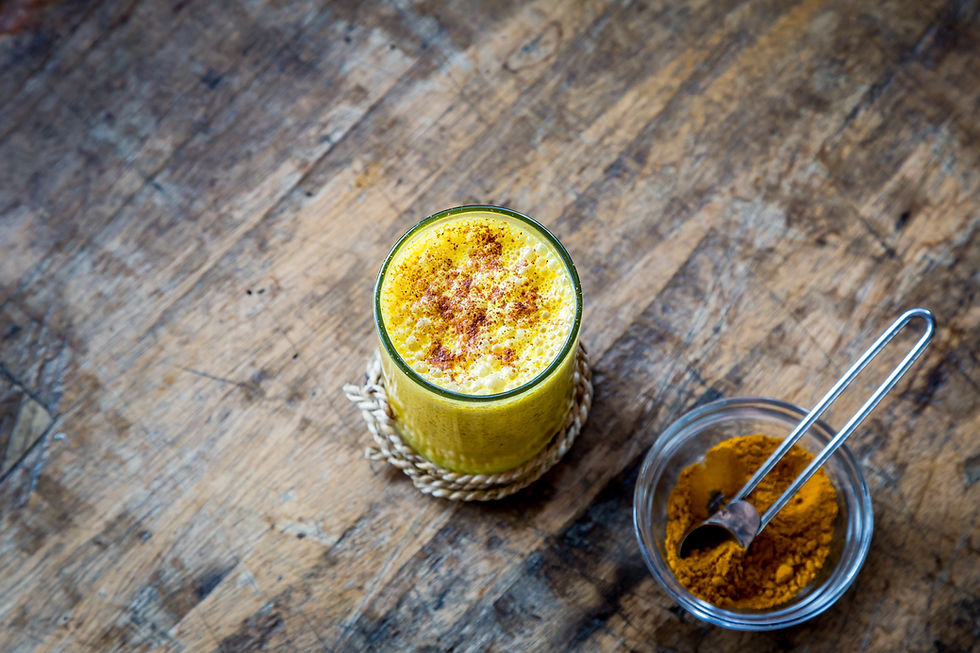Turmeric of commerce is the dried rhizome of the plant Curcuma domestica. The antiquity of turmeric dates back to the Assyrians of 600 BC. Ethnobotanical evidence indicates that the use of turmeric has been in India since very ancient days. It is believed that the crop spread out from India to distant Asian countries under the influence of the Hindu religion. According to Marco Polo (1280) the spread of turmeric to China took place in AD 700 (Ridley, 1912). Burkill (1966) believed that the crop spread to West Africa in the thirteenth and to East Africa in the seventeenth century, respectively. It was introduced to Jamaica in 1783 (Velayudhan et al., 1999).
Though turmeric is now grown in India, Pakistan, Malaysia, Myanmar, Vietnam, Thailand, Philippines, Japan, China, Korea, Sri Lanka, Nepal, South Pacific Islands, East and West Africa, Malagasi, Caribbean islands, and Central America, India is the major producer and exporter of turmeric at present.

Ayurveda uses Turmeric to balance Vata, Pitta, and Kapha (though it can aggravate Vata and pitta when taken in excess). It is very beneficial for rasa and rakta dhatus - the blood and plasma of the circulatory system.
Turmeric is a natural antiseptic that derives most of its health benefits from curcumin. Curcumin is a bioactive component that has anti-inflammatory and antioxidant properties. For these two benefits alone, this is probably why people recommend turmeric to help fight against the coronavirus.
Apart from that, turmeric helps with pain and inflammation, depression, high cholesterol, itching, thinking and memory skills, inflammatory bowel disease, and stress.
Comments